 GTO: THE THIRD COMING
GTO: THE THIRD COMING
It’s 26 years since the last Ferrari GTO recalibrated our supercar expectations,
48 since the 250 GTO blew our minds. Now the 599 GTO resurrects the name.
No pressure, then, says Ben Barry
Photography greg pajo
Only three Ferraris have borne the Gran Turismo Omologata designation in over 60 years, one every other decade, each a comet-like explosion of noise and brilliance and breathtakingly seductive styling with an impact that far outweighs what is always a highly exclusive production run. When Maranello dusts off the GTO moniker, the world blinks, sits a little more upright.
Today, 26 years since the last GTO appeared on CAR’s cover, I’m driving its successor, the 599 GTO, first on road, then track. I’ll have telemetry, a race engineer, men who fuss over my tyre temperatures and pressures, others who’ll pamper the 599 with cloths and expensive-smelling cleaning concoctions. I’ll also have an entirely empty Mugello race track. I hear it’s a fast track, Mugello.
The previous two GTOs – 1962’s 250 GTO and 1984’s 288 GTO – were, as the Omologata tag suggests, built to meet homologation criteria for GT racing and Group B regulations respectively. The 599 GTO flips the born-to-race philosophy on its head. This GTO – a development of 2006’s 599 GTB – will never race. Instead, it takes the track-only 599XX as its inspiration – an extreme, circuit-focused car that’s also based on the 599 GTB, but built in tiny numbers and sold to clients who drive at exclusive Ferrari track days for an all-in Rs 6.24 crore plus taxes – and evolves it into the nearest road-going equivalent.
 The 2010 GTO is not really a homologation special because there’s ultimately no race series for which it’s intended, yet it does stay true to the GTO concept by thoroughly and obsessively re-engineering the foundations – the body, the drivetrain, the brakes, the wheels. All are different.
The 2010 GTO is not really a homologation special because there’s ultimately no race series for which it’s intended, yet it does stay true to the GTO concept by thoroughly and obsessively re-engineering the foundations – the body, the drivetrain, the brakes, the wheels. All are different.
Just like last time around, it all combines to produce the fastest road-going Ferrari ever. Only 599 will be built, yours for Rs 2.06 crore with track tuition thrown in gratis for UK buyers.
 What do you get for an extra Rs 63.4 lakh on top of the 599 GTB? Ferrari says the 6.0-litre V12 shares 95% commonality with the one in the 599XX. Compared with the 599 GTB, there are new pistons and con-rods, frictional losses are down 12%, and a new intake system optimises high-end response. There’s also a lighter exhaust system and a pair of six-into-one manifolds, which, unlike the 599XX, are burdened with a catalytic converter apiece, the cost of meeting Euro 5 emissions standards.
What do you get for an extra Rs 63.4 lakh on top of the 599 GTB? Ferrari says the 6.0-litre V12 shares 95% commonality with the one in the 599XX. Compared with the 599 GTB, there are new pistons and con-rods, frictional losses are down 12%, and a new intake system optimises high-end response. There’s also a lighter exhaust system and a pair of six-into-one manifolds, which, unlike the 599XX, are burdened with a catalytic converter apiece, the cost of meeting Euro 5 emissions standards.
The carbon ceramic brake discs are unchanged, but the pads are more efficient Brembo-developed ceramics, with massive extra stopping capability yet no additional weight; the adaptive suspension is faster acting; the Michelin tyres are laterally stiffer and have stiffer treadblocks too, and, while the 20in rubber is wider all-round, the bias is skewed further in favour of the fronts, boosting grip and cutting understeer.
 The gearbox remains an automated six-speed manual, not a dual-clutch unit, but the shift times are slashed from 100ms to 60ms – sounds minuscule, makes a huge difference. Finally, a crash diet means the GTO loses 100kg over the GTB, and puts on 57.8PS for an Enzo-bashing 670PS. No doubt about it, this is a very serious machine indeed.
The gearbox remains an automated six-speed manual, not a dual-clutch unit, but the shift times are slashed from 100ms to 60ms – sounds minuscule, makes a huge difference. Finally, a crash diet means the GTO loses 100kg over the GTB, and puts on 57.8PS for an Enzo-bashing 670PS. No doubt about it, this is a very serious machine indeed.
I set my alarm for 6.30am, but wake at 5am and the butterflies and adrenaline conspire to keep my eyes wide open and worst-case scenarios flashing through my mind for the next 90 minutes. We leave the hotel at 7.30am and roll through Mugello’s gates soon after to be greeted by a brace of GTOs parked in front of a Formula 1-style motorhome. Ah, actually, make that a Formula 1 motorhome, one that’s needed quite soon. Sorry, Fernando.
The sense of occasion and of privilege is both immense and immensely intimidating. Then a mechanic starts one of the cars; it explodes to life with an impatient, unsteady growl and barks rampantly at the merest tickle of throttle. It’s a sound suggestive more of the 430 Scuderia’s V8 – 2007’s hardcore version of the F430 – than its own, slightly apologetic V12 sibling.
 The cars look magnificent – the stance, the blood-red paint, those matt grey canopies, the aggressive black wheels, the wider bumpers and sills – and clearly echo the 250 GTO. Even when you’re well aware that the GTO’s secrets lie under its skin, you’d still swear that the look has been more radically evolved than it has, such is the extra visual impact it brings to bear over the GTB. I don’t think I’ve ever known a car that’s combined the contradictory traits of race-car brutality and feminine sensuality quite so coherently.
The cars look magnificent – the stance, the blood-red paint, those matt grey canopies, the aggressive black wheels, the wider bumpers and sills – and clearly echo the 250 GTO. Even when you’re well aware that the GTO’s secrets lie under its skin, you’d still swear that the look has been more radically evolved than it has, such is the extra visual impact it brings to bear over the GTB. I don’t think I’ve ever known a car that’s combined the contradictory traits of race-car brutality and feminine sensuality quite so coherently.
Scuderia DNA is once again present when you open the driver’s door. The dash, doorcards and centre console are upholstered in serious-looking carbon, Alcantara and ‘technical’ fabric, and the footwells are full of matt-finished chequerplate. The seats are narrower and more supportive than the GTB’s, the bolsters trimmed in grippy Alcantara, the centres scalloped to shave grams where you don’t actually require the support, and finished in a technical honeycomb fabric you might associate with expensive trainers. You don’t sink into these seats as you do the luxuriously plump GTB’s and – tssk – you’ll have to actually use your hands to adjust them (and then only to adjust the backrest, and slide them back and forth), but they’re still very comfortable, and the extra support and combined 17kg saving are worth the sacrifice.
A week before the GTO launch I took the chance to drive the 599 GTB (research). It is a sensational grand tourer, but it is flawed: the soundtrack is too one-dimensional, the gearchange too ponderous, and, when you really let loose in what is undeniably a bonkers quick car, the chassis feels one step behind your inputs, the steering too light in its first movements; you don’t feel quite as in control of proceedings as you could.
I don’t need to leave Mugello’s car park to feel the depth of transformation wrought on the GTO. The steering feels quicker and chunkier, the gearchange far faster, the body control absolutely in sync with your commands.
Up in the Tuscan hills, the strengths amplify and gel as the GTO scythes through the twisting countryside with utter precision. The throttle buzzes with energy, the brake pedal has an instant integrity that suggests reserves far beyond what’s actually required, and the steering has weight and detail from the second you move it off centre.
Even better, the body remains flat and unflustered and the front end bites with such vigour that understeer isn’t even a blip on the peripheries of the radar. Oversteer? It’s there for the provoking, but thanks to the steering wheel’s manettino dial – which determines the aggressiveness of the suspension, gearbox, ABS, traction control and stability settings – you’ve got very precise control over the amount of rear-end slip that seeps through. If you’re on a mission, you’ll want to avoid the first two settings and progress straight to Race. Do that and you’ll feel the system intervene, but you won’t get the treacley slow-motion effects4 that often characterise such software – just a neater, quicker and perhaps more boring trajectory through the corner than you would with the electronics neutered.
 Want more involvement? CT cuts the traction control and gives what feels like 20 degrees of fun, while CST bins both traction and stability safety nets – you have 670PS under your right foot and you, my boy, are on your own. And yet, with easily anticipated shimmies and super-fast steering that allows you to keep your hands at quarter-to-three on all but the very tightest hairpins, catching a sliding GTO isn’t quite the drama you might imagine. It’s an itch, and you will scratch it.
Want more involvement? CT cuts the traction control and gives what feels like 20 degrees of fun, while CST bins both traction and stability safety nets – you have 670PS under your right foot and you, my boy, are on your own. And yet, with easily anticipated shimmies and super-fast steering that allows you to keep your hands at quarter-to-three on all but the very tightest hairpins, catching a sliding GTO isn’t quite the drama you might imagine. It’s an itch, and you will scratch it.
The improvements don’t end there. These are smooth roads, but the track-biased suspension feels as compliant as it did in the Scuderia. The gearchange is immeasurably better, and it now punches like a – here it comes again – Scuderia with the kind of direct, slightly brutal swaps that only automated manual transmissions can deliver. And the V12 has a greater depth of character than first impressions suggest, perhaps because it’s so quick everywhere in the range that you don’t initially have the spare mental capacity to analyse it.
Low-down it’s responsive and fizzy and multi-layered with a guttural growl. It spins freely and energetically, and, if you use no more than 5000rpm, you’ll still be going at one hell of a lick. But to back out there is to leave the stadium and beat the traffic before the penalty shoot-out. Beyond 5000rpm there’s a slight step, a hardening of resolve as the revs climb more fiercely, and a shriller, scarier exhaust note. Climb towards the 8500rpm redline and the sound morphs into tremulous F1 distortion. Your fingers grip tighter, posture stiffens, eyes widen; rock faces lose their detail and stream a constant grey. Then you pull the carbonfibre paddle and a cacophonous, thunderous whipcrack heralds the next gear. You need a lot of space to repeat the process.
The locals love it. Motorcyclists wave limbs with Tourette’s-like spontaneity, old men in deckchairs on patios punch both fists skywards in approval, van drivers invite us to overtake – not just a nonchalant flick of the indicator, either, but a flamboyant arm windmilling out of the driver’s window to intimate that signore should pass as noisily as possible. Then the strobing headlights in the rear-view. They LOVE it!
Faults are few but present nonetheless. After the silky manners and rapid-fire changes we first experienced on the dual-clutch California, this gearbox feels outmoded as an auto. Floor it to overtake and it’ll stutter like Porky Pig saying ‘mane-mane-manetti – little lever’. There’s no hill-hold function so reversing up gradients can be fraught and smelly (poor clutch), and I’d suggest avoiding the multi-storey altogether.
That said, the six-speeder is still cleverly programmed. Accelerate hard and it’ll drop a cog, but if you then hold the revs constant it won’t change again – it knows you’re on a charge and crave instant performance. It’s also programmed not to change when you slowly feed in the revs – it knows there’s ample torque on hand to avoid a clunky gearchange. But, really, it works best when treated purely as a manual.
 Unlike the Scuderia, you can’t isolate the damper and manettino settings, combining the most compliant ride with the most extrovert transmission settings for fast, bumpy roads. Okay, it doesn’t really matter because the car is intended primarily for the track, but surely it would have been easy to give drivers the option.
Unlike the Scuderia, you can’t isolate the damper and manettino settings, combining the most compliant ride with the most extrovert transmission settings for fast, bumpy roads. Okay, it doesn’t really matter because the car is intended primarily for the track, but surely it would have been easy to give drivers the option.
Lastly, some of the switchgear feels tired, and, on these small, twisty roads, the 599’s basic architecture – its size and its sweeping, obstructive A-pillars – dents your confidence.
Ferrari plays down the GTO’s on-road abilities, stressing that it’s a very different concept to the4 GTB, designed as it is for very wealthy types who won’t blink at putting 300 big ones on track. Thing is, it does work very well on road, but on track it is simply phenomenal.
 That pointy front end means you’ve just very badly misjudged things if you understeer – instead the GTO’s kneejerk reaction to excess entry speed is oversteer, just how Schumacher liked it. And here’s where it gets clever. For the first time, Ferrari has developed the hardware in tandem with its stability control software, rather than adding it retrospectively. That means the GTO has been set up for maximum agility (pointy front, mobile rear), while the software tames its nuances to whatever degree the driver is happy with – he simply chooses one of the five manettino settings.
That pointy front end means you’ve just very badly misjudged things if you understeer – instead the GTO’s kneejerk reaction to excess entry speed is oversteer, just how Schumacher liked it. And here’s where it gets clever. For the first time, Ferrari has developed the hardware in tandem with its stability control software, rather than adding it retrospectively. That means the GTO has been set up for maximum agility (pointy front, mobile rear), while the software tames its nuances to whatever degree the driver is happy with – he simply chooses one of the five manettino settings.
The first time you wind out a GTO in third gear and watch the five red LED lights illuminate at the top of the steering wheel, then repeat it in fourth and fifth as you spear over the blind crest at the end of Mugello’s start/finish straight is, you could say, memorable. The car goes slightly light, and, as you brake heavily for the tight right-hander that follows, you feel the back end go a little light and tweak you very slightly towards the left-hand wall. Add a tiny bit of lock, reduce the braking intensity and hold the downshift paddle. Keep it held and the gearbox will automatically fire down the order with the revs spiralling beyond what any other system would permit. You want an 8000rpm downshift? No problem. Fourth gear. Yelp goes the engine. Third. Yelp! Second. Yeeeeelp! Bloody hell.
You need to be patient with the throttle through the tight right-hander or you’ll get scrappy and lose momentum, and you need to be progressive through the pair of left/rights that follow or you’ll sap time with snap oversteer. Yet while this is a very quick car, it isn’t difficult to drive hard, you just need to be smooth and patient through the twisty stuff (you’ll be going faster than you think) and ballsy when the speed’s there for the taking.
I complete four hot laps, which is absolutely not enough – I would, I have no doubt, actually die of starvation at the wheel given the choice. But the men in red coats remove me, and we’re soon standing around a monitor at the pitwall.
 To the uneducated (me), reading telemetry is a bit like deciphering a Tokyo underground map, but slowly the meaning is translated. I can see how my steering becomes more erratic when I try to go harder and that my more conservative laps are both smoother and faster. My race engineer also compares my traces with those of racer Marc Gené, who accelerates in parallel with me but who simply flattens the pedal knowing that the traction control will smooth out the flow where I feed in the power progressively – it takes quite some mental recalibration to trust the chips.
To the uneducated (me), reading telemetry is a bit like deciphering a Tokyo underground map, but slowly the meaning is translated. I can see how my steering becomes more erratic when I try to go harder and that my more conservative laps are both smoother and faster. My race engineer also compares my traces with those of racer Marc Gené, who accelerates in parallel with me but who simply flattens the pedal knowing that the traction control will smooth out the flow where I feed in the power progressively – it takes quite some mental recalibration to trust the chips.
I’m told that Gené does 2min 11sec, maybe 2min 10sec, and that I’ve pulled a 2min 13sec. A passenger ride proves that Gené’s an immeasurably better, more committed driver than I am, but I’ll gladly take a 2-3sec deficit after four laps.
And then, suddenly, the illusion is over. For a matter of hours, I’ve held a Rs 2.06 crore set of keys, driven my own private race track, inhabited the shoes of the extremely wealthy. And I’ve acclimatised to it quite nicely. Then I get a minibus to the airport, squash up against the frosted window of a 737’s economy seat and discover that all 599 GTOs are already sold out.
The third GTO might be brilliant, but to live with it so fleetingly is an awful tease.
The GTO explodes to life with an impatient, unsteady growl and barks rampantly at the merest tickle of throttle
I don’t think I’ve ever known a car that’s combined race-car brutality and feminine sensuality quite so coherently
Climb towards the 8500rpm redline and the sound morphs into tremulous Formula One distortion
I would, I have no doubt, actually die of starvation at the wheel given the choice
AERODYNAMICS
‘Doughnuts’ shroud roughly half of the brake discs, reducing air turbulence and improving aero efficiency, while wider front and rear bumpers and sideskirts add to the benefits. The carbonfibre undertray is shared with the 599XX, extending 10mm lower than the GTB’s – up close it looks like a giant banana slide at a water park – but it helps to double the 599’s downforce at 201km/h to 144kg.
EXHAUST
Six-into-one manifolds are derived from the 599XX but have a catalytic converter each to meet Euro 5 standards. Hydroforming production process allows thinner exhaust tubing, reducing weight, and also the number of welds required. Exhaust alone accounts for 13kg of the GTO’s 100kg weight loss.
BODY
Thinner windows shed 5.5kg, while the bodyshell loses 4kg thanks to 20% thinner aluminium panels – though the roof remains the same thickness – necessitating re-tooling at the factory. Elsewhere, the bumpers are new-generation RTM (saving 2kg each end), while the sills and rear diffuser are now carbonfibre. The bootlid – previously composite – is now aluminium, saving 40% compared with the GTB.
TYRES
Rubber swells from the 599 GTB’s 245/35 ZR20 (on 8.5in wide rims) at the front and 305/35 ZR20 (11.5in wide) on the rear to 285/30 ZR20 fronts (9.5in wide) and 315/35 ZR20 rears (11.5in wide). Not only is the Michelin Pilot Super Sport rubber wider, the front becomes closer in width to the rear, reducing understeer. The tyres’ lateral stiffness is also increased, as are the treadblocks, minimising the lag between driver input and response.
ENGINE
Front/mid-mounted 6.0-litre V12 is based on the GTB’s but shares 95% commonality with the extreme, track-focused 599XX. Friction losses are reduced 12% compared with standard 599 GTB thanks to printed grafal coating on piston skirts, super-finished cam lobes (à la F1) and a diamond-like carbon coating on the hydraulic tappets. There are also new con-rods and pistons, crankshaft counterweights that cut through the oil more cleanly, plus a new intake system with shorter inlet tracts to optimise high-end response, though torque at the bottom end is still slightly superior to the GTB with nearly 500Nm on hand at 2000rpm. Power rises by 57.8PS, torque by 9lb ft. Servicing intervals remain as per GTB.
SUSPENSION AND BRAKES
Three new accelerometers (two at the front of the body, one at the rear) measure body roll, while a revised ECU processes their signals faster. The magnetorheological suspension then works by applying a magnetic charge to fluid in the dampers, increasing or decreasing the viscosity of the fluid as conditions demand. Carbon ceramic brake discs remain GTB-spec (and the calipers are still six-piston up front, four-pots for the rear), but the pads now contain ceramic material. These are far more efficient, yet are no heavier and cost no more to produce.
TRANSMISSION
Gearbox remains an automated six-speed manual transaxle, but the final drive is shortened by 6% (effectively spending the 3% efficiency gains reaped on the V12), and a lighter torque tube reduces weight by 8kg. Upshifts are now executed in 60ms (compared with 100ms on the GTB), an exact match for the 430 Scuderia. Downshifts fall from the GTB’s 500ms to 120ms, and you can hold the paddle while braking, triggering automatic downshifts at stratospheric rpms. Paddleshifts remain fixed to the steering column, but they are now longer, meaning they’re still in reach when you keep your hands in place during tighter corners.
ferrari 599 gto
Price I Rs 2.06 crore on sale I Sold out
Engine I Front/mid-mounted 5999cc 48v V12,
70PS @ 8250rpm, 620Nm @ 6500rpm
transmission I 6-spd automated manual,
ear-drive suspension I Double wishbones, magnetorheological dampers
Weight/made from I 1605kg/aluminium
Length/width/height I 4710/1962/1326mm
performance I 3.35sec 0-100km/h,
34+km/h, 5.70kmpl
rating I 11111




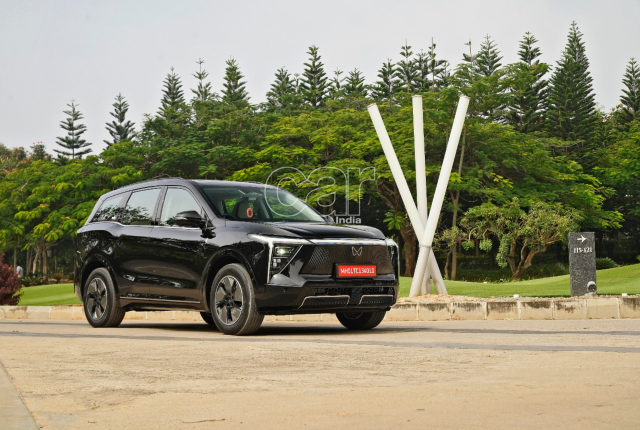
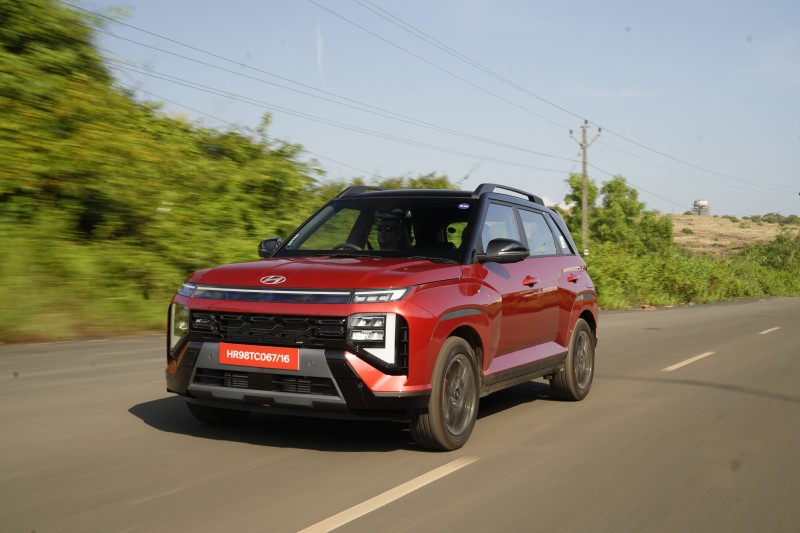

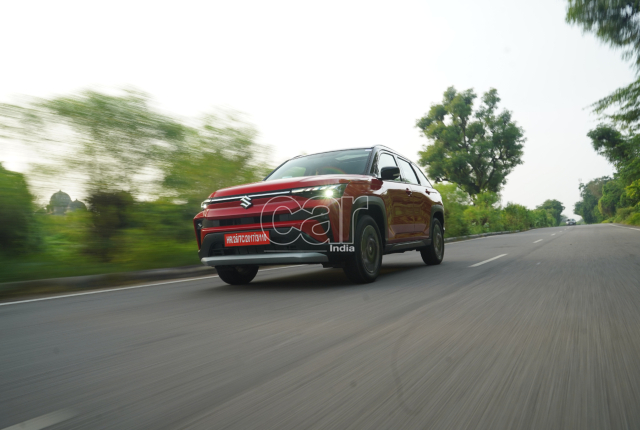

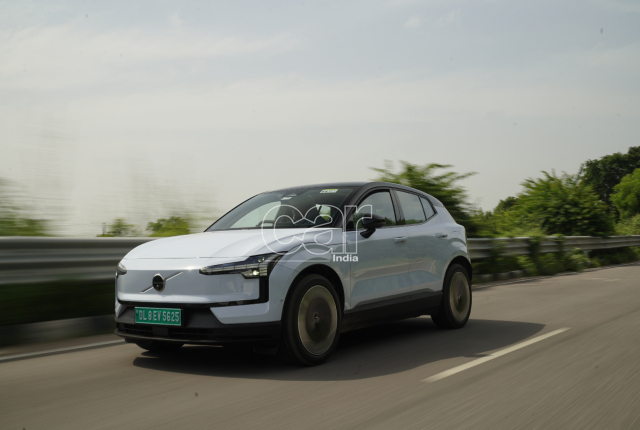
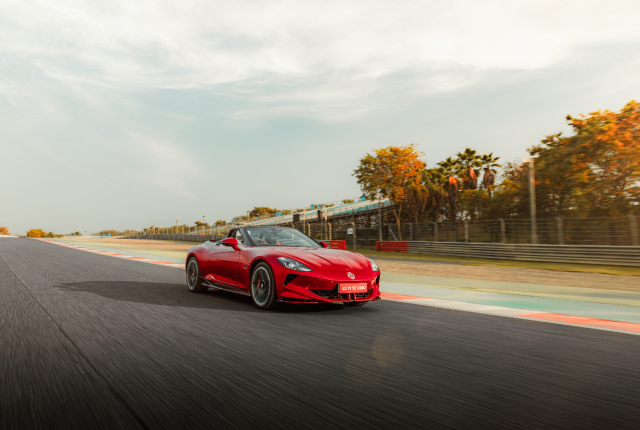
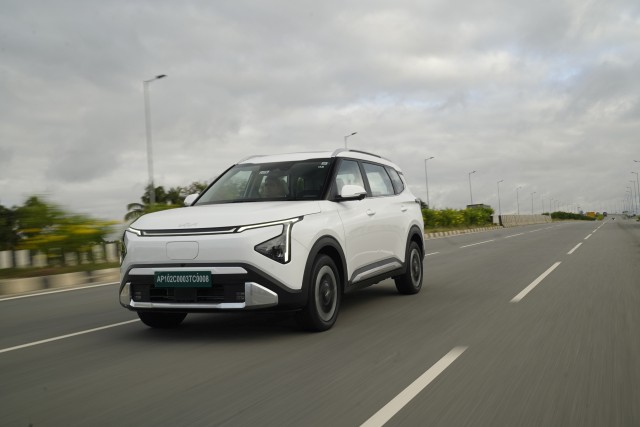
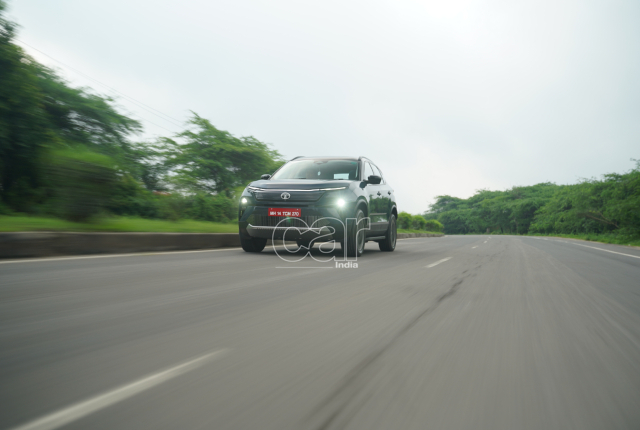
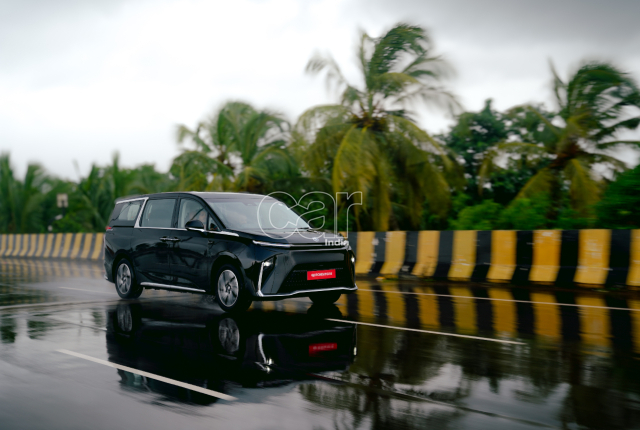
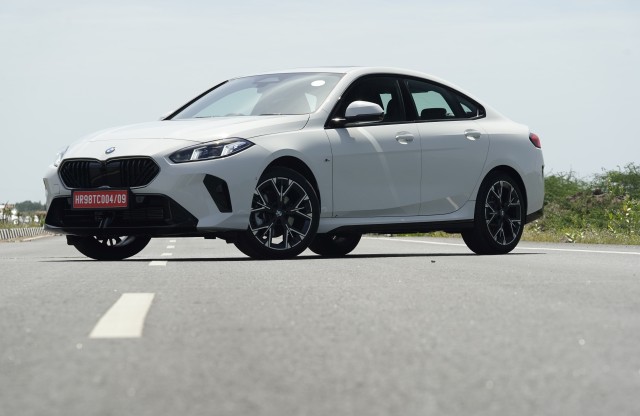
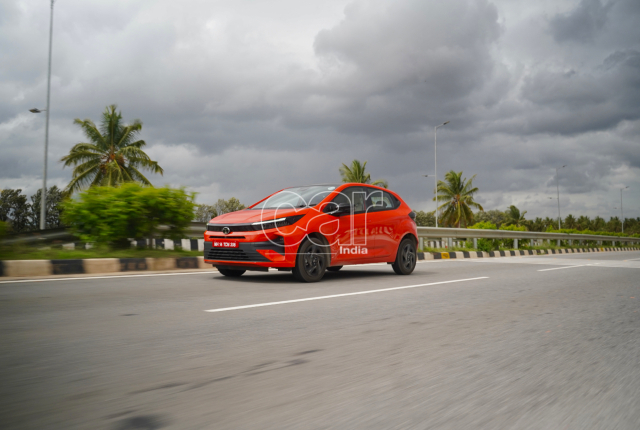


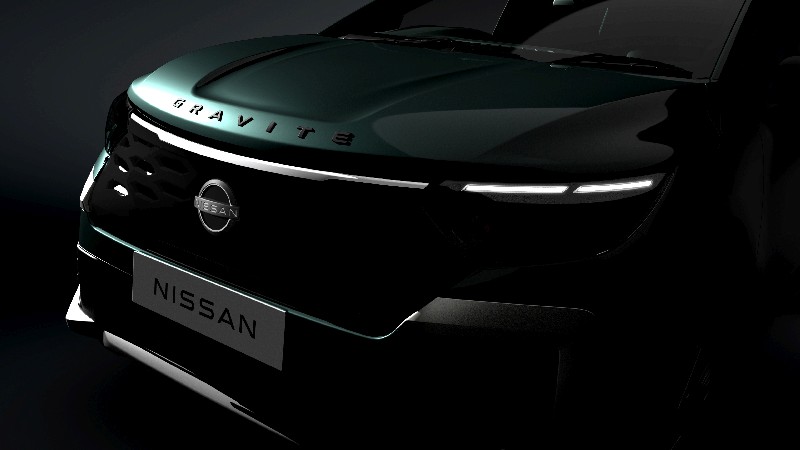
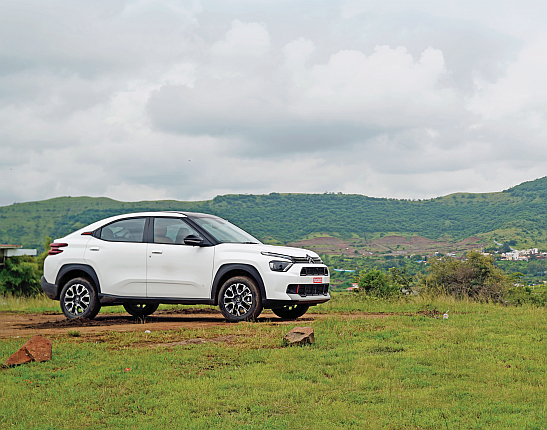
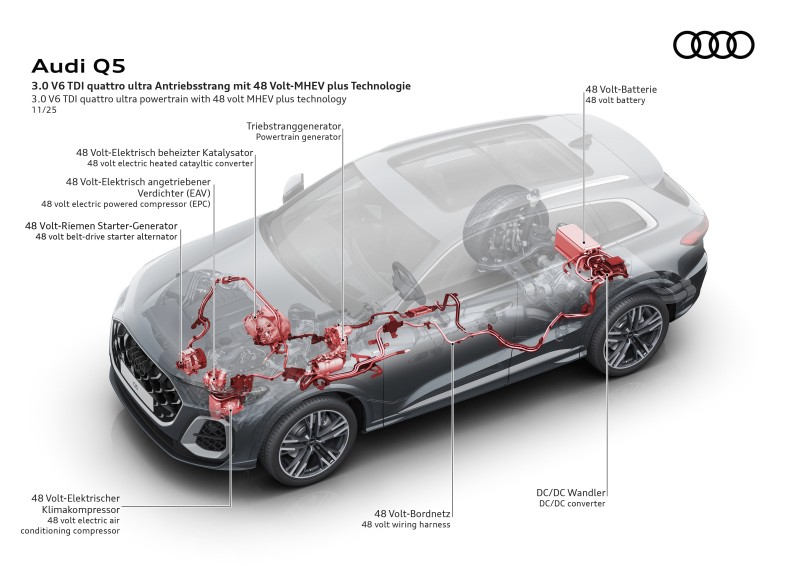
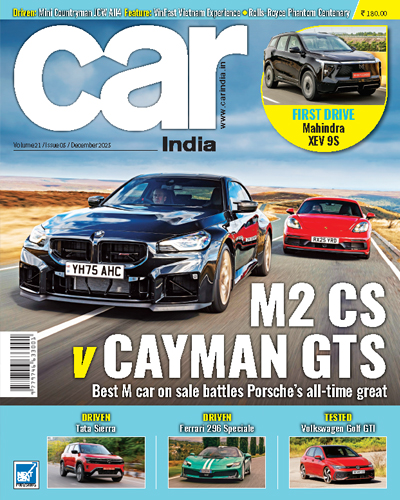
Leave a Reply